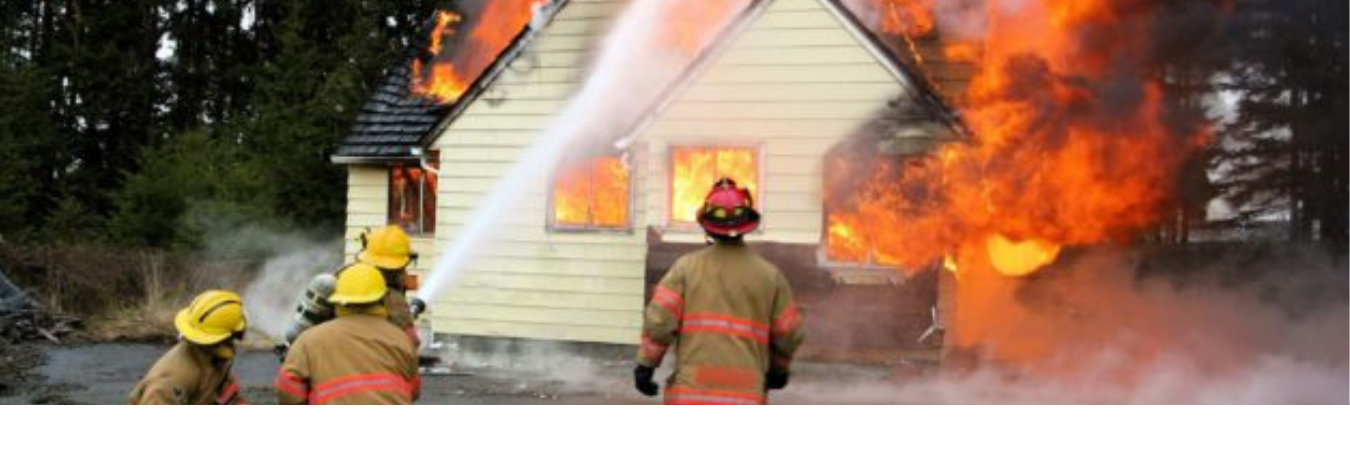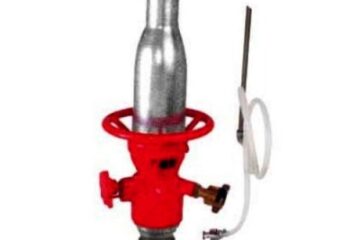
What is Fire, Types, and Triangle of Fire
Fire is a fascinating natural phenomenon that has both beneficial and destructive properties. It has been a vital part of human civilization since ancient times, providing heat, light, and energy. However, fire can also be dangerous and destructive when it gets out of control. In order to understand fire and its behavior, it is important to explore its nature, classification, and concept of the Triangle of Fire.
1. Introduction
Fire is a chemical reaction that occurs when a combustible material combines with oxygen and reaches its ignition temperature. This exothermic reaction releases energy in the form of heat, light, and various gases. Fire has played a significant role in human history, from providing warmth and cooking food to powering engines and generating electricity.
2. What is Fire?
Fire is a complex phenomenon that involves several components, including fuel, oxygen, heat, and a chemical reaction. These components are often referred to as the “fire triangle.” Without any of these elements, fire cannot exist. When fuel, oxygen, and heat are present in the right proportions, a self-sustaining fire can occur.
3. The Triangle of Fire
The Triangle of Fire represents the three essential components necessary for a fire to ignite and sustain itself. These components are fuel, oxygen, and heat. Removing any one of these elements can effectively extinguish a fire. This concept forms the basis of fire safety and prevention strategies.
4. Classification of Fires
Fires can be classified into different types based on the nature of the fuel involved. Understanding the classification of fires is crucial for selecting the appropriate fire suppression methods. Here are the common classes of fires:
Class A Fires
Class A fires involve ordinary combustible materials such as wood, paper, cloth, and plastics. These fires are fueled by organic materials that leave behind ash when burned.
Class B Fires
Class B fires involve flammable liquids and gases, including gasoline, oil, alcohol, and propane. These fires can spread rapidly and produce intense heat and thick black smoke.
Class C Fires
Class C fires involve energized electrical equipment, such as appliances, wiring, and circuit breakers. These fires are unique because they require additional consideration of electrical safety.
Class D Fires
Class D fires involve combustible metals, such as magnesium, titanium, and potassium. These fires can be extremely dangerous and require specialized extinguishing agents.
5. Fire Safety Measures
Ensuring fire safety is paramount in both residential and commercial settings. Here are some essential fire safety measures that can help prevent fires and minimize their impact:
Fire Extinguishers
Fire extinguishers are essential devices that can extinguish
small fires. They come in different types suitable for specific fire classes. It is crucial to have the appropriate fire extinguishers available in easily accessible locations.
Fire Blankets
Fire blankets are specially designed to smother fires involving people or objects. They can be used to wrap around a person or cover a small fire, cutting off the oxygen supply and extinguishing the flames.
Sprinkler Systems
Sprinkler systems are highly effective fire suppression tools installed in buildings. They activate when heat is detected, releasing water or other extinguishing agents to control or extinguish the fire.
Fire Alarms
Fire alarms are crucial for providing early warning in the event of a fire. They can detect smoke or heat and sound an alarm, alerting occupants to evacuate the premises.
Evacuation Plans
Having well-defined evacuation plans is vital to ensure the safe evacuation of people during a fire emergency. Clear exit routes, designated assembly points, and regular drills are important aspects of an effective evacuation plan.
6. Fire Prevention Tips
Preventing fires is key to maintaining a safe environment. Here are some practical fire prevention tips to reduce the risk of fire:
Proper Storage of Flammable Materials
Store flammable materials, such as gasoline and chemicals, in designated containers and in well-ventilated areas away from ignition sources.
Electrical Safety
Ensure that electrical wiring and appliances are in good condition. Avoid overloading electrical outlets and use surge protectors. Regularly inspect electrical systems for any signs of damage or malfunction.
Smoking Safety
If you smoke, ensure that cigarette butts are properly extinguished and disposed of in designated containers. Avoid smoking in bed or near flammable materials.
Kitchen Safety
Take precautions in the kitchen by keeping flammable objects away from stoves and ovens. Never leave cooking unattended, and ensure that appliances are turned off after use.
7. Conclusion
In conclusion, fire is a powerful and transformative force that has shaped human civilization. Understanding its nature, classification, and the concept of the Triangle of Fire is crucial for effective fire safety and prevention. By implementing appropriate fire safety measures and following prevention tips, we can minimize the risk of fires and protect lives and property.
8. FAQs
Q1: What should I do if a fire breaks out?
If a fire breaks out, immediately alert others, evacuate the premises following the designated evacuation routes, and call emergency services.
Q2: How often should fire extinguishers be inspected?
Fire extinguishers should be inspected annually by a qualified professional. Additionally, monthly visual inspections should be performed to ensure they are in good working condition.
Q3: Can water be used to extinguish all types of fires?
No, water is not suitable for all types of fires. It may worsen certain types, such as flammable liquid or electrical fires. It is crucial to use the appropriate extinguishing agent for each fire class.
Q4: What should I do if my clothes catch fire?
In the event your clothes catch fire, remember to “Stop, Drop, and Roll.” Immediately stop moving, drop to the ground, and roll back and forth to smother the flames.
Q5: Are fire drills necessary in residential buildings?
Fire drills are highly recommended in residential buildings, especially multi-story complexes, to ensure residents know how to respond in case of a fire and can evacuate safely.
Q6: What are some common causes of residential fires? Common causes of residential fires include cooking accidents, electrical malfunctions, heating equipment, candles, smoking, and flammable materials near heat sources.
Q7: Are fire safety inspections necessary for commercial buildings? Yes, regular fire safety inspections are crucial for commercial buildings to ensure compliance with fire codes and identify any potential hazards or violations.
Q8: What should I do if I encounter a fire in a public place? If you encounter a fire in a public place, immediately alert others, activate the nearest fire alarm if available, and evacuate the premises following the designated exit routes.
Q9: How can I teach my children about fire safety? Teach your children about fire safety through age-appropriate discussions, demonstrations, and practice drills. Emphasize the importance of not playing with fire and how to respond in case of an emergency.
Q10: Is it necessary to have fire extinguishers in residential homes? While not mandatory, having fire extinguishers in residential homes is highly recommended. They can be valuable in containing small fires and preventing them from spreading.
Learn more about fire safety at www.vijayDahiya.com/blog

